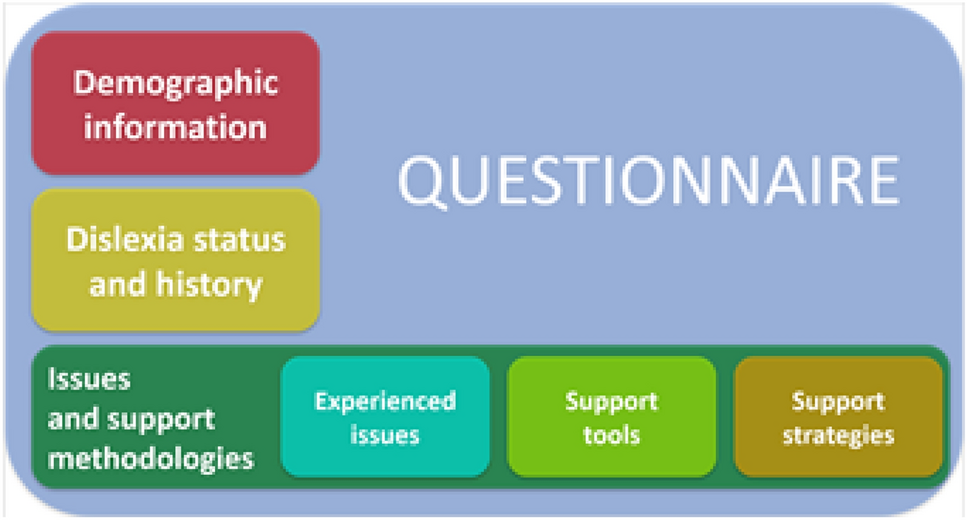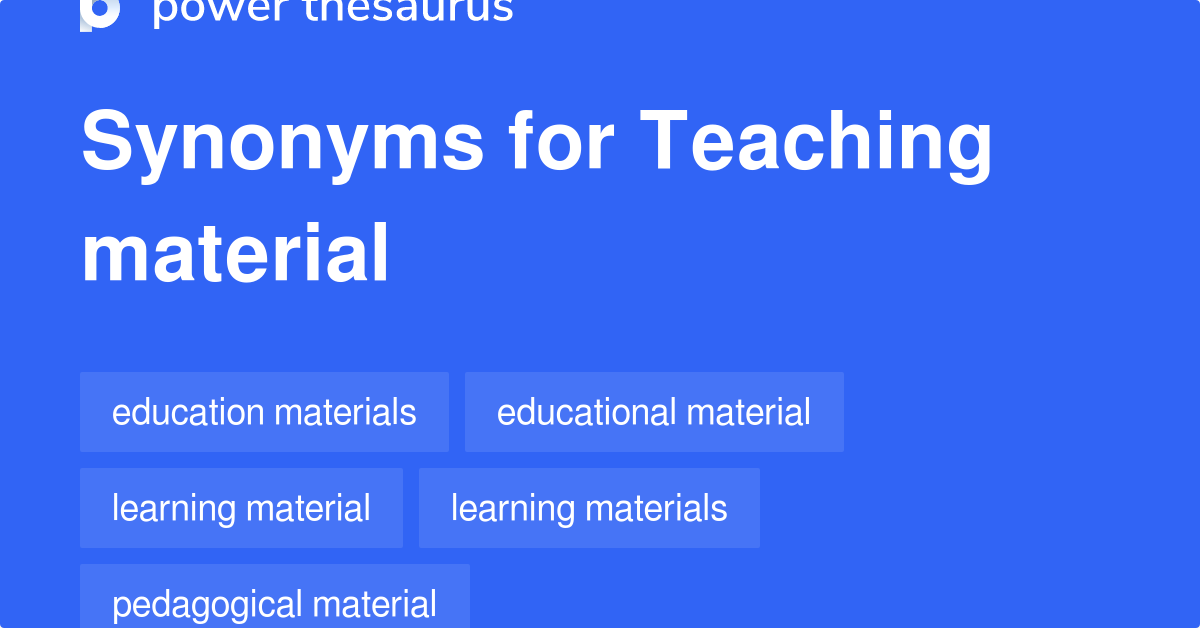Handy Info On Choosing Italian Nursery Teaching Didactics
Wiki Article
What Are The Most Effective Educational Aids, Manipulatives And Visual Aids For Italian Preschoolers?
Italian preschools can benefit from the use of educational technology as well as visual aids and manipulatives to aid children's learning. Here are a few examples Manipulatives. Manipulatives can be used by children to play and develop. They can also assist them to improve their fine motor skills. Blocks, puzzles, and sorting games are some examples of manipulatives that are suitable in Italian nursery schools.
Visual aids: Visuals aids assist children in understanding concepts and learn them, while also encouraging language development. Some examples of aids to visual representation that could be appropriate for Italian kindergartens include posters charts, pictures books, maps and flashcards.
Educational technology: Educational technology can be used to boost the learning process and provide students with additional resources. Educational technology is ideal for Italian nurseries may include interactive whiteboards, touchscreen tablets with educational applications, as well as audiovisual equipment that can show animated videos for education and educational content.
It is essential to keep in mind that the educational materials utilized by Italian kindergartens must be age appropriate. They also need to be safe and relevant for their culture. The selection of materials should be made taking into account the specific demands and interests of the pupils in the school. The caregivers and teachers in the nursery school must to regularly update and evaluate the materials they employ in order to keep them active and efficient. See the recommended schede didattiche italiano for blog info.

what English didactic cards are recommended for Italian nursery schools?
English didactic cards can be a useful tool for introducing young children at Italian nursery schools to the English language. These are just a few types of English didactics cards that can be suggested. Alphabet Books: Alphabet books assist youngsters to master the English alphabet, and the sounds that go with each letter. They can feature illustrations of objects or animals that begin with each letter to make the learning experience more engaging.
Vocabulary-cards: Vocabulary-cards can help kids learn commonly used English terms and their meanings. These cards may include illustrations or pictures of people, objects, or animals, with the English word written on it.
Sight-word cards: These cards have been designed to aid children in becoming familiar with the most common English words. They can also be used in teaching them how to read and communicate. The cards are simple phrases and sentences, that are highlighted with the words in the same order.
Phonics Cards: Phonics can be used to assist youngsters understand the relation between English alphabets and sounds. These cards may feature pictures of words or objects with their phonetic equivalents printed on them.
Conversation cards: Through engaging in discussions with friends and parents, children can learn to improve their English abilities. These cards could include simple questions or prompts that help children share their thoughts and ideas.
The cards must be appropriate for toddlers. These cards can be utilized by teachers and caregivers to create interactive and fun English language activities for children that stimulate their curiosity and excitement. Have a look at the most popular schede didattiche inglese for more recommendations.

What Materials And Resources Are Needed In Italian Kindergartens To Teach Science?
In Italian nurseries, science education materials can assist children in discovering and explore the world. Here are some examples of the types of support needed for science teaching materials curriculums and lesson plans. A well-planned curriculum and lesson plans that contain science-based concepts can help ensure that children learn and are exposed concepts.
Manipulatives and visual aids Handicaps like magnifying glasses, natural specimens and kits for simple science experiments as well as visual aids like posters and charts can help students learn about scientific concepts in a an interactive and visual manner.
Videos and books. Books or videos on topics like weather or space, animals, and plants can engage children as well as provide additional resources.
Outdoor learning areas like gardens and playgrounds, as an example can give children the opportunity to discover and explore the natural world.
Parents' involvement: Involving parents in the science curriculum can help reinforce the concepts taught in the nursery classroom and encourage family engagement in the process of learning.
Assessment Tools: Assessment tools are useful for teachers and caregivers to track children's development and determine areas in which needing additional assistance.
It is crucial that the materials used in teaching science are age-appropriate and suitable for children of all ages. These materials are perfect for teachers and parents to create interactive, engaging science activities that encourage children's enthusiasm for studying and curiosity. Take a look at the top schede didattiche scienze for blog tips.

What Is The Required Material For Geography In Italian Nursery Schools?
Italian nurseries can provide children with geography teaching materials that aid them in developing a greater understanding of their world and also teach them about different cultures and the world. A few examples of the resources you may need for teaching geography are: Maps. Maps are useful for helping children understand the different countries and regions and also the places of natural features and landmarks.
Globes aid children in imagining the Earth's surface and also teach about the continents and the oceans.
Videos and pictures. Videos and photos of different cultures, places and people can help teach children about the world.
Books: Age-appropriate children's books that focus on different cultures could spark a child's curiosity and interest in the world.
Natural substances. Shells, rocks and plants can help children learn about the different ecosystems and environments.
Field excursions. Kids can be taught about geography through hands-on activities and encounters at local parks, zoos and museums.
It is essential to choose geo-related materials that are both suitable for both a child's and a parent's age. Teachers and caregivers can make use of these materials to design fun and interactive geography activities which encourage children's curiosity and enthusiasm for learning about the world around them. Follow the top sostegno geografia for blog recommendations.
